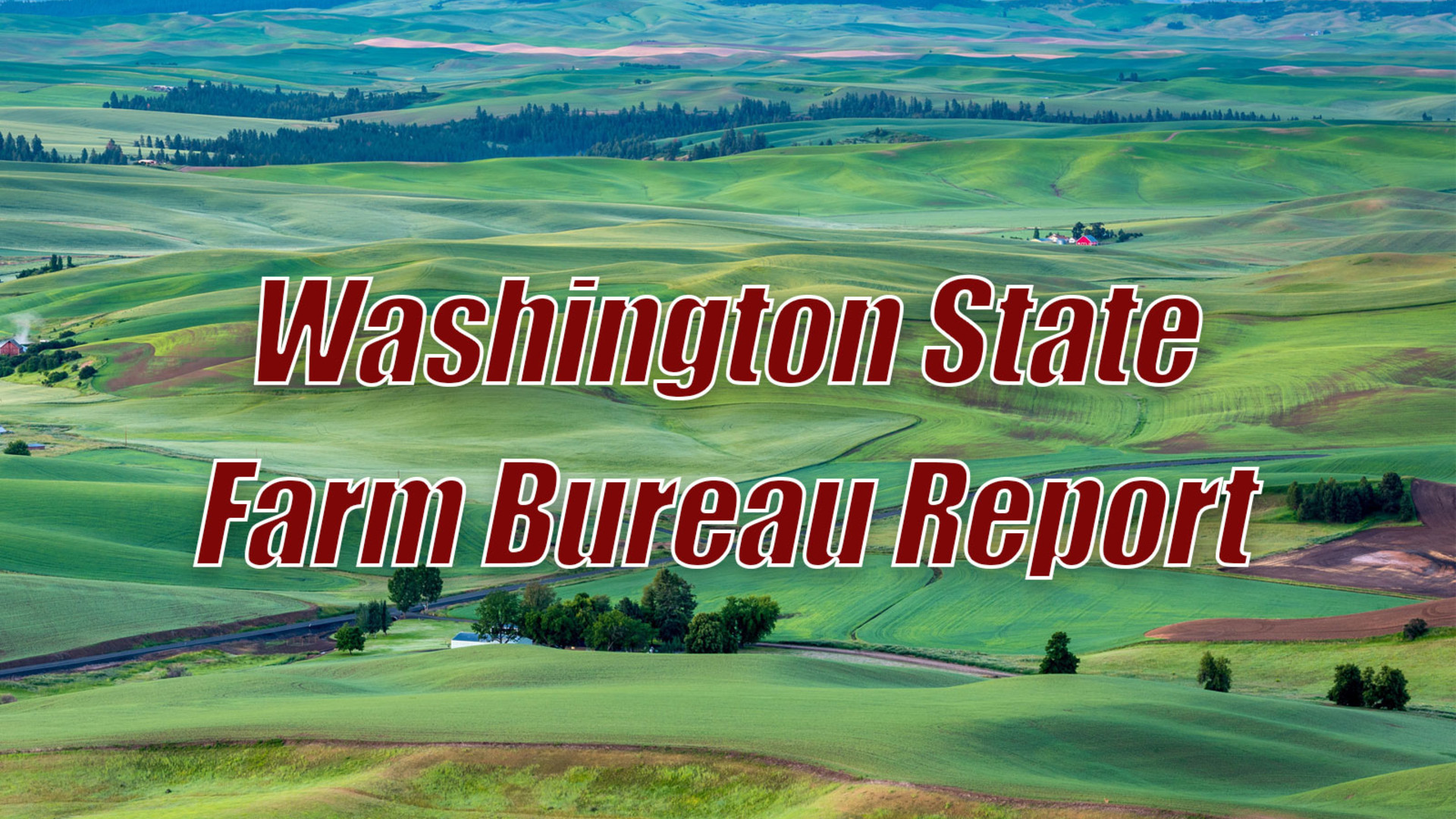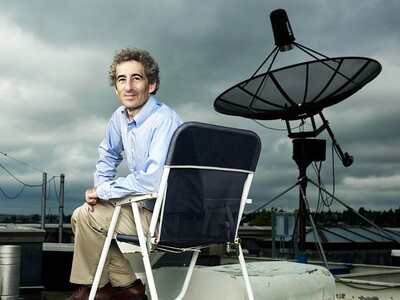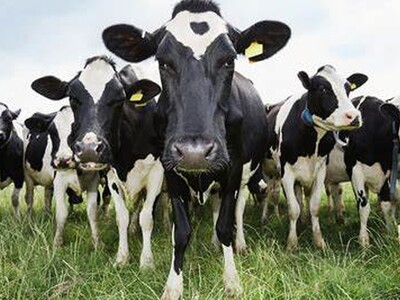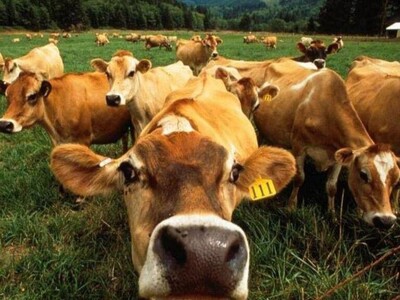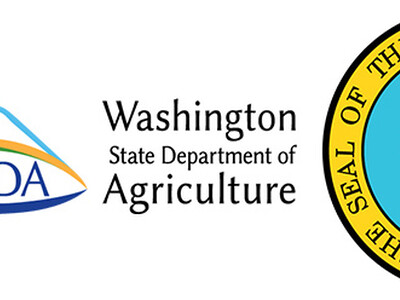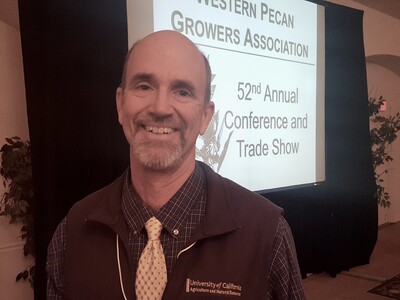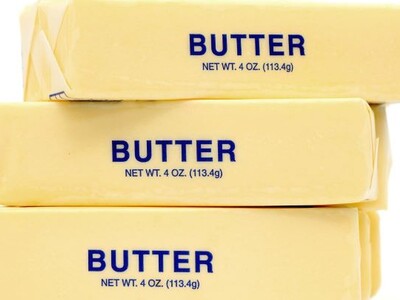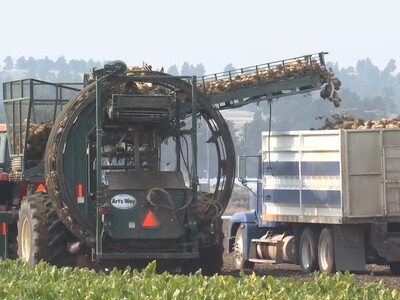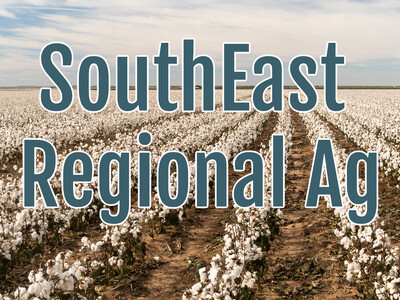Misconceptions About Beef
Today more than ever, consumers have questions about their food. There are several common misconceptions about the US beef industry, many revolving around the ways cattle are fed and raised. Dr. Jude Capper of Washington State University addresses this issue.
CAPPER: So there’s often a consumer perception that the entire US beef industry is founded and based on grain, and that’s absolutely not true. If we think about the life cycle of a beef animal they’re in the cow calf operation out on grass until they’re weened at about seven months of age, and only then do they go into the feedlot.
Consumers need to know the actual breakdown percentages.
CAPPER: If we look at one pound of beef in our fridge, that pound of beef - only seven percent of the total feed used to make that beef is corn. All the rest is grass, and hay, and pasture, and soy and other things, but it’s only seven percent corn. So we do use corn, and that allows us to be efficient but it isn’t a corn based industry ultimately.
In comparing the environmental impact of U.S. Beef production in 1977 to that of 2007, beef produced in 07 used a combined percentage of 73 percent fewer natural resources. That equates to thirty-three percent less land, twelve percent less water, nineteen percent less feed, and nine percent less fossil fuel energy. Capper concludes that improvements in the raising and feeding of cattle over the last thirty years has yielded thirteen percent more beef from thirty percent fewer cattle.
I’m Lacy Gray and that’s Washington Ag Today on the Northwest Ag Information Network.


